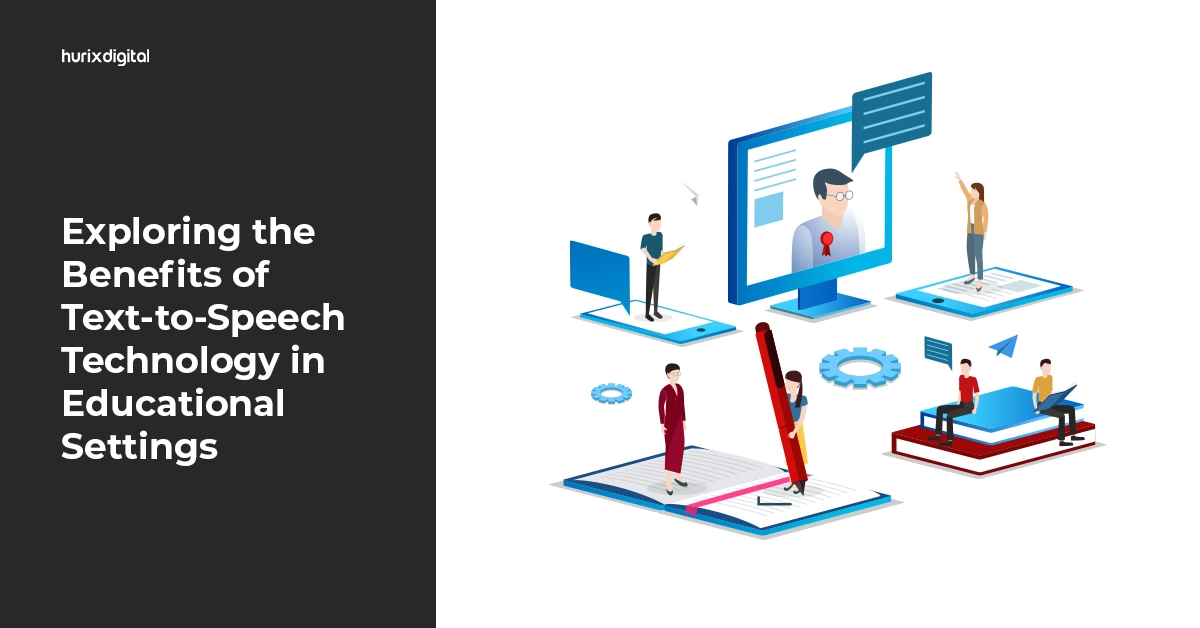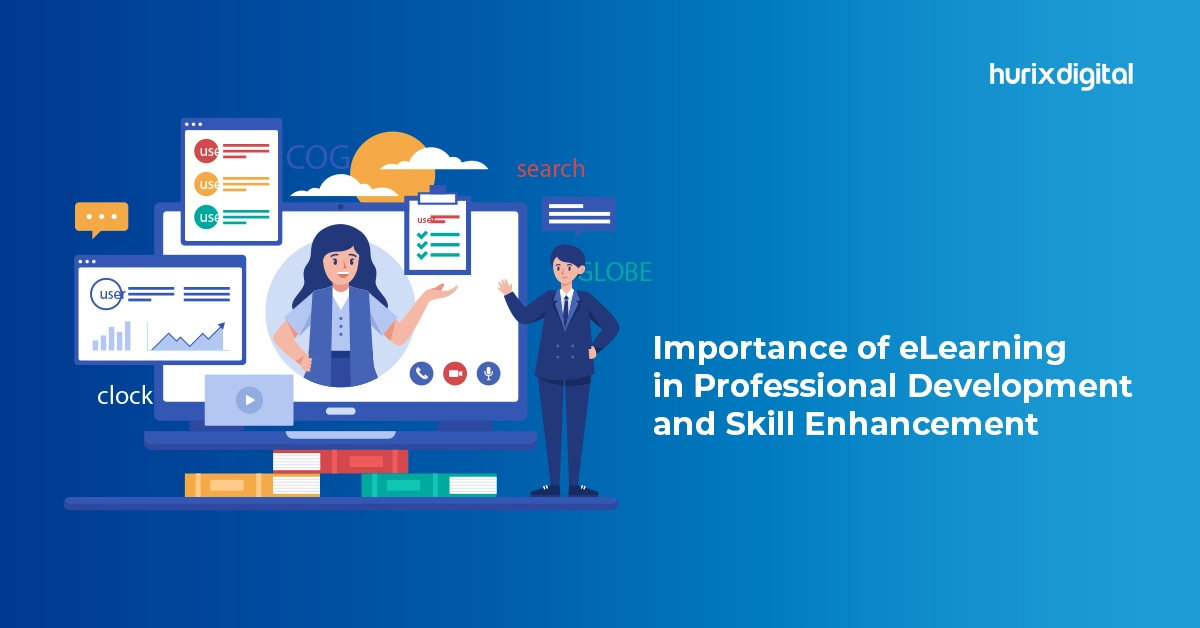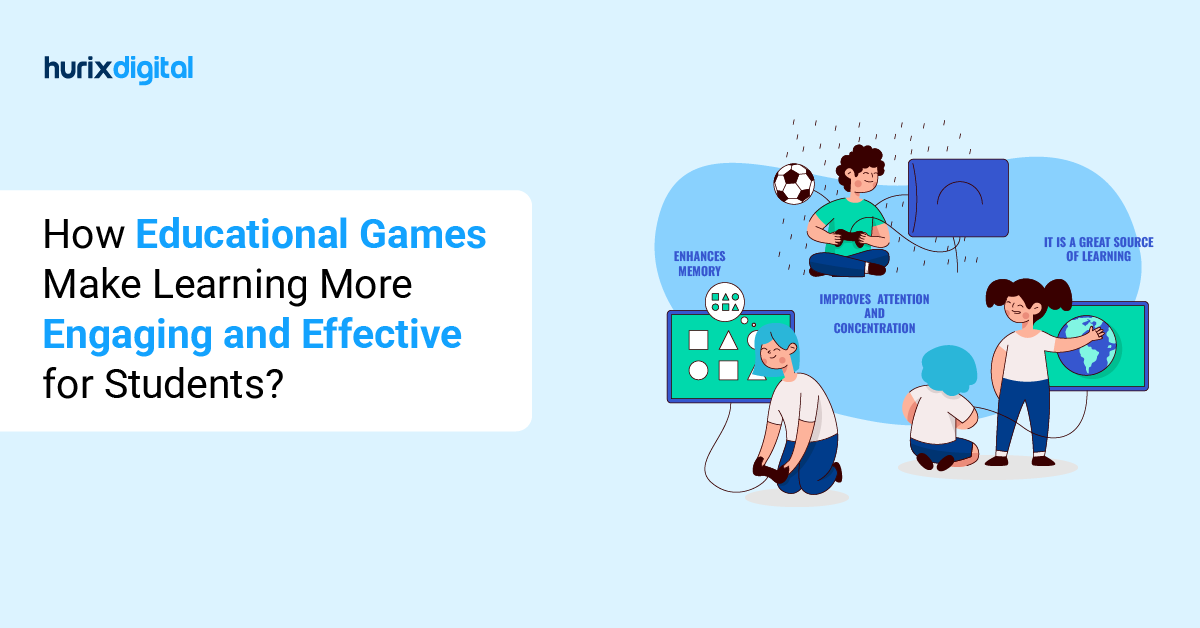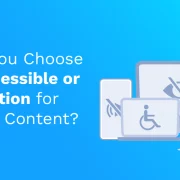
Exploring the Benefits of Text-to-Speech Technology in Educational Settings
Summary
Explore the transformative impact of text-to-speech technology in classrooms, promoting inclusive, personalized, and multisensory learning experiences for students with diverse abilities.
Innovation is key in classrooms today. Educators are constantly seeking new methods to enhance student engagement, cater to diverse learning styles, and improve knowledge retention universally. Text-to-speech (TTS) technology has emerged as a powerful tool in this pursuit, offering multiple benefits that can transform the educational landscape.
Let’s dive into this!
Table of Contents:
- How Text-to-Speech Empowers Diverse Learners – An Overview
- The Advantages of Text-to-Speech in the Classroom
- The Bottom Line
How Text-to-Speech Empowers Diverse Learners – An Overview
At its core, personalization entails determining unique learning preferences, areas of strength, and weaknesses to improve student engagement and comprehension. Text-to-speech (TTS) acts as an assistive technology, serving as a strong connection that provides a distinct solution for both areas.
TTS converts text to speech, dismantling obstacles for students with learning disabilities or vision impairments. It empowers them to access and process information independently, facilitating inclusive education. However, the benefits extend beyond overcoming challenges. With TTS, learners of all skill levels can interact with the material using a variety of senses, which helps with understanding and memory retention.
Imagine a learner following along visually while listening to a textbook excerpt—an effective way to strengthen reading comprehension and critical thinking skills. With the increasing need for customized educational opportunities, TTS technology is establishing itself as a vital component of contemporary classroom technology. By utilizing voice, teachers may create a vibrant, welcoming environment where each student can excel.
Also Read: Top 5 Reasons for Digital Accessibility Compliance in Europe
The Advantages of Text-to-Speech in the Classroom
Having established the importance of inclusive education, let us shift gears and discuss how TTS enhances the learning process for all students.
1. Leveling the Playing Field: Accessibility
Text-to-speech technology is an equalizing force in education, guaranteeing every student an equitable opportunity for academic achievement. TTS helps students with different learning needs by converting written text into spoken word, ensuring all learners have equal access to educational resources for academic success, regardless of their background or abilities.
Deciphering text is a common challenge for individuals struggling with dyslexia or reading difficulties. By extending the information in an auditory manner, TTS removes the barrier between academic success and reading challenges for kids with special education needs.
This allows pupils to concentrate on understanding rather than reading mechanics. This creates a more inclusive learning environment by giving people the autonomy to access and analyze instructional resources. TTS caters to auditory learners by offering an alternative, engaging way to absorb information.
2. Boosting Reading Comprehension
Text-to-speech (TTS) technology can reinforce reading comprehension for students of all abilities.
- Dual Sensory Reinforcement: Students engage two senses simultaneously when they listen to spoken content while following along visually. This multi-sensory learning method enhances learning results and memory recall by strengthening understanding of the material.
As individuals hear complex ideas, words, and sentence structures articulated aloud, they become more understandable. Students can improve their reading abilities by understanding the subtleties of phrasing and intonation. - Prioritize Meaning Over Mechanics: Having trouble understanding words or using new vocabulary might make reading less enjoyable. TTS allows students to bypass these hurdles. Focusing on the spoken text, they can concentrate on the deeper meaning and context of the material.
- Enhanced Reading Fluency: Exposure to proper pronunciation, intonation, and phrasing through TTS can significantly improve reading fluency. Students can emulate what they hear, leading to smoother reading and a more confident approach to written materials.
3. Personalization and Pacing
Text-to-speech educational technology shines in its ability to personalize the learning experience. Unlike traditional static text, TTS empowers students to take control of their education by tailoring it to their individual needs and preferences.
This customization comes in many forms:
- Flexible Pacing: Learners are allowed to modify the reading pace to correspond with their comprehension proficiency. It accommodates their preferred pace of learning, whether it is a faster speed to quickly scan through well-known content or a slower, more careful pace to assimilate complicated topics.
- Voice Selection: The days of boring voices are long gone. With the range of AI voices and accents that TTS provides, students can select a narrator that speaks to them. It has the potential to enhance the learning process enjoyment and engagement.
- Tailored Pronunciation: This instructional technology lets students change settings to their pronunciation preferences, ensuring they grasp the material as best they can. This adaptability supports a range of learning styles and gives students the freedom to learn whichever best suits them.
4. Language Development
Text-to-speech (TTS) technology is a powerful tool for honing language skills.
- Pronunciation: Perfect practice makes perfect. TTS allows students to listen to native speakers, mimic their pronunciation, and master challenging phonetics. This consistent exposure enhances their overall linguistic fluency and confidence.
- A Virtual Language Coach: TTS acts as a virtual language learning companion, readily available to provide continuous feedback on pronunciation. Students can identify areas for improvement and refine their skills independently.
- Exploring New Languages: Many TTS tools offer multilingual capabilities. This allows students to access content in their native language for better comprehension or to pursue new language learning goals. Listening to spoken foreign languages allows students to acquire valuable exposure to pronunciation, sentence structure, and vocabulary, enabling a firm foundation for further language learning.
5. Integration in the Modern Classroom
The power of text-to-speech extends beyond its core functionality. Its seamless integration with various classroom technologies, tools, and platforms for a dynamic digital learning ecosystem is a hallmark of its effectiveness.
- Learning Management Systems (LMS): Students can access course materials, assignments, and even feedback read aloud directly through their LMS, enhancing accessibility and personalized learning experiences.
- Educational Apps: TTS integration within educational apps allows students to learn on the go. They can have interactive lessons, practice exercises, or even digital textbooks narrated, maximizing learning opportunities beyond the classroom walls.
- Document Editing Software: The ability to convert written work into spoken form within document editing software empowers students to self-edit and improve their writing skills. They can catch grammatical errors or awkward phrasing by hearing their work read aloud.
6. Combating Eye Strain
Students today are bombarded with text-heavy materials. Eye strain and weariness from scouring textbooks and scrolling through displays can interfere with learning and focus. Herein lies the refreshing answer provided by text-to-speech technology:
- A Break for the Eyes: TTS allows students to switch from visual engagement to auditory learning. By listening to content aloud, they can give their eyes a well-deserved break, reducing fatigue and improving overall concentration. It is especially beneficial for students who spend long hours glued to screens or those prone to eye strain.
- Learning on the Go: TTS’s time-saving potential is undeniable. Students can utilize commutes, exercise routines, or even chores as valuable learning opportunities by listening to educational content. This multitasking approach maximizes learning opportunities and allows for a more flexible learning schedule.
- Efficient Review and Retention: This educational technology can be a powerful tool for creating audio summaries or study guides. Students can revisit concepts and reinforce their understanding conveniently and efficiently, leading to better retention of the material.
Read Success Story: Hurix Digital Generates Alt-Text for 18,000 French eBooks for a Leading European Academic Publisher
The Bottom Line
Text-to-speech educational technology is more than just a passive tool for verbalizing text. By involving various senses and encouraging a deeper comprehension of the material, it enables students to become better and more excited readers.
The difficulties presented by text-heavy learning settings with a lot of text can be effectively and refreshingly addressed with the help of this instructional technology. The direction of education is bright, and TTS technology is well-positioned to illuminate it.
Here at Hurix Digital, we passionately support using technology to close the achievement gap. Our devotion to an egalitarian and inclusive learning environment perfectly reflects this. Using the newest assistive technologies, we create and construct state-of-the-art accessible tools that enable students of all skill levels.
To empower a better future for everyone, Get in touch with us right now.

Vice President – Digital Content Transformation. He is PMP, CSM, and CPACC certified and has 20+ years of experience in Project Management, Delivery Management, and managing the Offshore Development Centre (ODC).







